4 Designs for US Army's FARA
- Elite 2K

- Posts: 2582
- Joined: 12 Jan 2014, 19:26
Now there are 5 designs. Boeing recently revealed their submission for the Future Attack Reconnaissance Aircraft...
https://breakingdefense.com/2020/03/fvl ... ut-design/
https://breakingdefense.com/2020/03/fvl ... ut-design/
The Boeing FARA – which, unlike its competitors, still lacks a snazzy name – looks at first glance like a conventional helicopter. But conventional helicopters can’t achieve the Army’s requirement to streak at low altitude across future battlefields without being shot down. To meet that need for speed, every competitor has submitted something novel, but Boeing’s design combines more different features than any of its rivals.
“Main features?” Openshaw said. “It’s a single-main-rotor, thrust-compound helicopter, fly-by-wire, single-engine, with no wing.”
No wing? I asked. Those flat surfaces sticking out on either side by the tail sure look like wings, or at least winglets…
They’re not, Openshaw assured me. “That’s a horizontal stabilizer at the tail,” he said. “It functions very much like the stabilator on an Apache” — which is also designed for high agility at low altitude.
Besides helping the aircraft maneuver, I pressed, does it provide lift? A lot of the other FARA competitors have wings for when the main rotor can’t provide enough lift.
“It’s not a primary lift mechanism, it’s more of a trim and balancing system on the back of the aircraft,” he said. (Emphasis ours). “It will provide some lift in the aft for the tail, but not as a primary lifting surface.”
Let’s break down the aircraft’s features.
Most obviously, there’s a single main rotor blade on the top of the Boeing FARA aircraft, to provide lift and thrust, and a much smaller tail rotor, to provide stability.
***
But helicopter-style rotors run into aerodynamic difficulties as speed increases, so each competitor has had to figure out another way to achieve the velocities the Army wants. Part of Boeing’s solution is a pusher propeller at the tail of the aircraft: When the pilot needs more speed and the main rotor can no longer deliver it, they can ramp up that prop for extra thrust.
That’s a feature Boeing shares with both Sikorsky’s Raider-X and theKarem AR-40. The difference is where that pusher propeller fits. Since Sikorsky doesn’t need a tail rotor for stability, it just replaces it with the prop. But Karem and Boeing do need tail rotors, at least in certain flight modes. So how do they add a tail prop as well?
Karem’s ingenious but mechanically complex solution is to make one mechanism serve double duty. The pusher prop flips to one side to act as a tail rotor when required. Boeing, by contrast, sticks both a tail rotor and a pusher propeller on the tail, one atop the other.
Boeing’s approach is mechanically much more straightforward, in keeping with the company’s push to keep its FARA design as simple — and therefore affordable — as possible.
***
While the pusher propeller provides forward thrust, thrust alone is not enough. You also need upwards lift to keep the aircraft in the air. Helicopters rely on their rotors for both lift and thrust, but, again, the aerodynamics of that don’t work at high speeds.
***
There will be “a single engine” rather than two, which is generally lighter and more efficient, although it leaves you without anything to limp home on if that one engine fails. Finally, the streamlined fuselage requires the pilot and co-pilot to sit one behind the other, the tandem arrangement common on high-speed aircraft.
- F-16.net Moderator

- Posts: 1894
- Joined: 21 Oct 2005, 00:47
Looks like Boeing took the more conventional route. Simpler single rotor design (unlike Sikorsky’s Raider X complex twin rotor design) but adding the pusher prop for speed and thus eliminating the wing (unlike Bell’s Invictus).
Looks small and thus would be a good size for the armed recon role by being relatively light and agile. To me, the front end design looks incomplete, like a shark with it’s mouth missing or something. That’s just me though. Some others might see it as a thing of beauty.
I think Boeing has got a good candidate there.
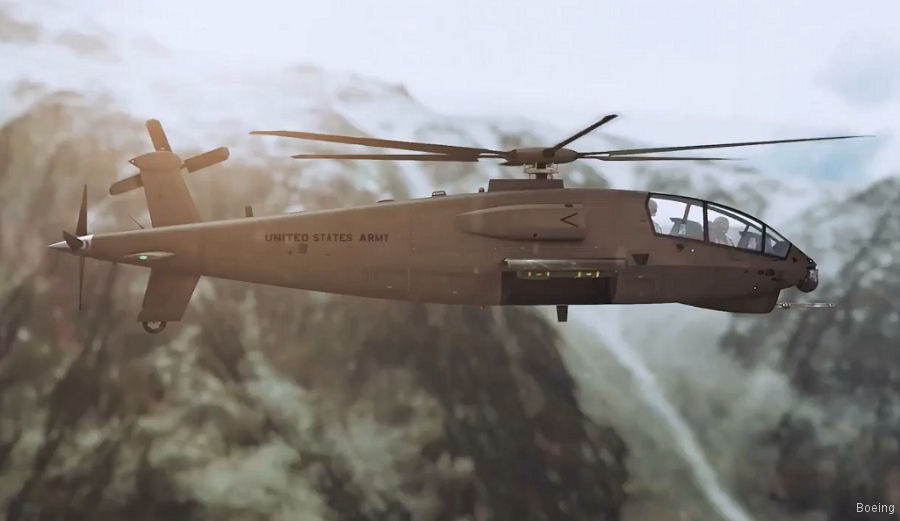


I'm still in the Bell Invictus corner though.
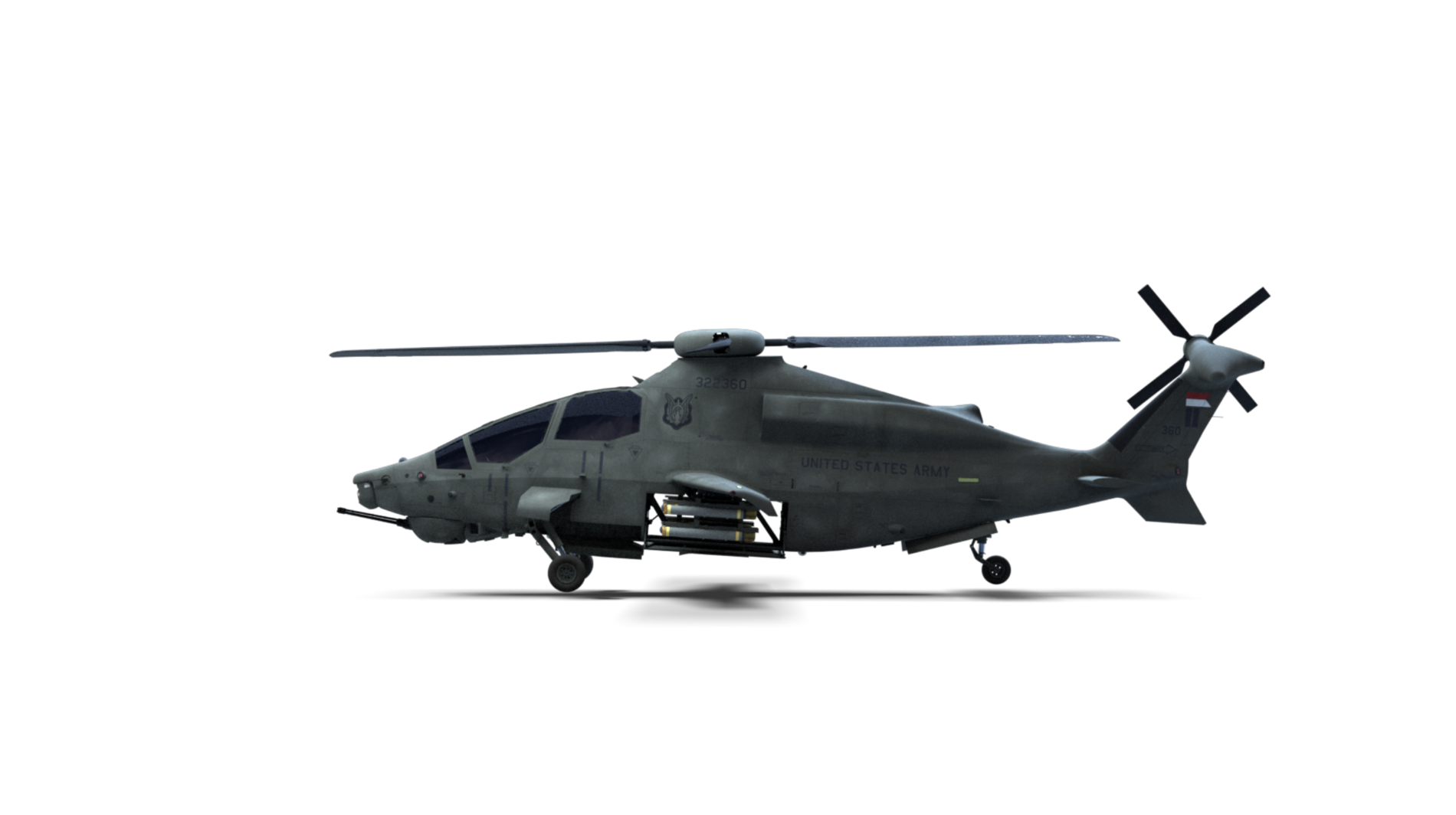


Looks small and thus would be a good size for the armed recon role by being relatively light and agile. To me, the front end design looks incomplete, like a shark with it’s mouth missing or something. That’s just me though. Some others might see it as a thing of beauty.
I think Boeing has got a good candidate there.



I'm still in the Bell Invictus corner though.



I'm watching...
- Senior member

- Posts: 399
- Joined: 19 Aug 2019, 03:26
My initial impression is to root for Sikorsky on this one. The fact that their prototypes aren't fully functional yet strikes me as less important than the fact that they actual have prototypes to work with. The technology involved seems promising...
- Elite 3K

- Posts: 3773
- Joined: 03 Mar 2010, 03:12
Karem's design is pretty interesting and has more practicality with the main wing design. That use of the wing is a big plus for high speed flight. The obvious downside is a pusher prop that has to operate as a puller at takeoff. I would think if they can build commonality with the joint service project, it's hard to overcome their offering.
- Elite 1K

- Posts: 1079
- Joined: 21 Aug 2010, 22:52
madrat wrote:Karem's design is pretty interesting and has more practicality with the main wing design. That use of the wing is a big plus for high speed flight. The obvious downside is a pusher prop that has to operate as a puller at takeoff. I would think if they can build commonality with the joint service project, it's hard to overcome their offering.
Late note: The pusher prop can also be a pusher at takeoff/land. Whether the antiitorque is a pusher or puller just depends on how the main rotor rotates and the design choice on where to put it. Note that on the AH-1, on some models the tail rotor acts as a pusher an on others a puller. Some models mount the tail rotor on the port side and some on the starboard.
- F-16.net Moderator

- Posts: 1894
- Joined: 21 Oct 2005, 00:47
It appears that manufacturing of the two FARA prototypes has begun.
https://www.defensenews.com/digital-sho ... -aircraft/
The Invictus's design looks to have been refined since first revealed. Noticeable differences/changes that I immediately noticed are:
-New wing design with a different shape and downward winglets at the tips.
-Different locations for various antennas.
-Removal of various lumps and bumps in the front fuselage section of the aircraft. Looks like these are replaced with windows flushed with the fuselage similar to the F-22 design. Now the aircraft looks much cleaner up front and should reduce drag and increase performance.
-Shape of the rear vertical stabilizer changed slightly.
-The slope angle of the canopy increased.
Overall, looks sleeker. I like it.
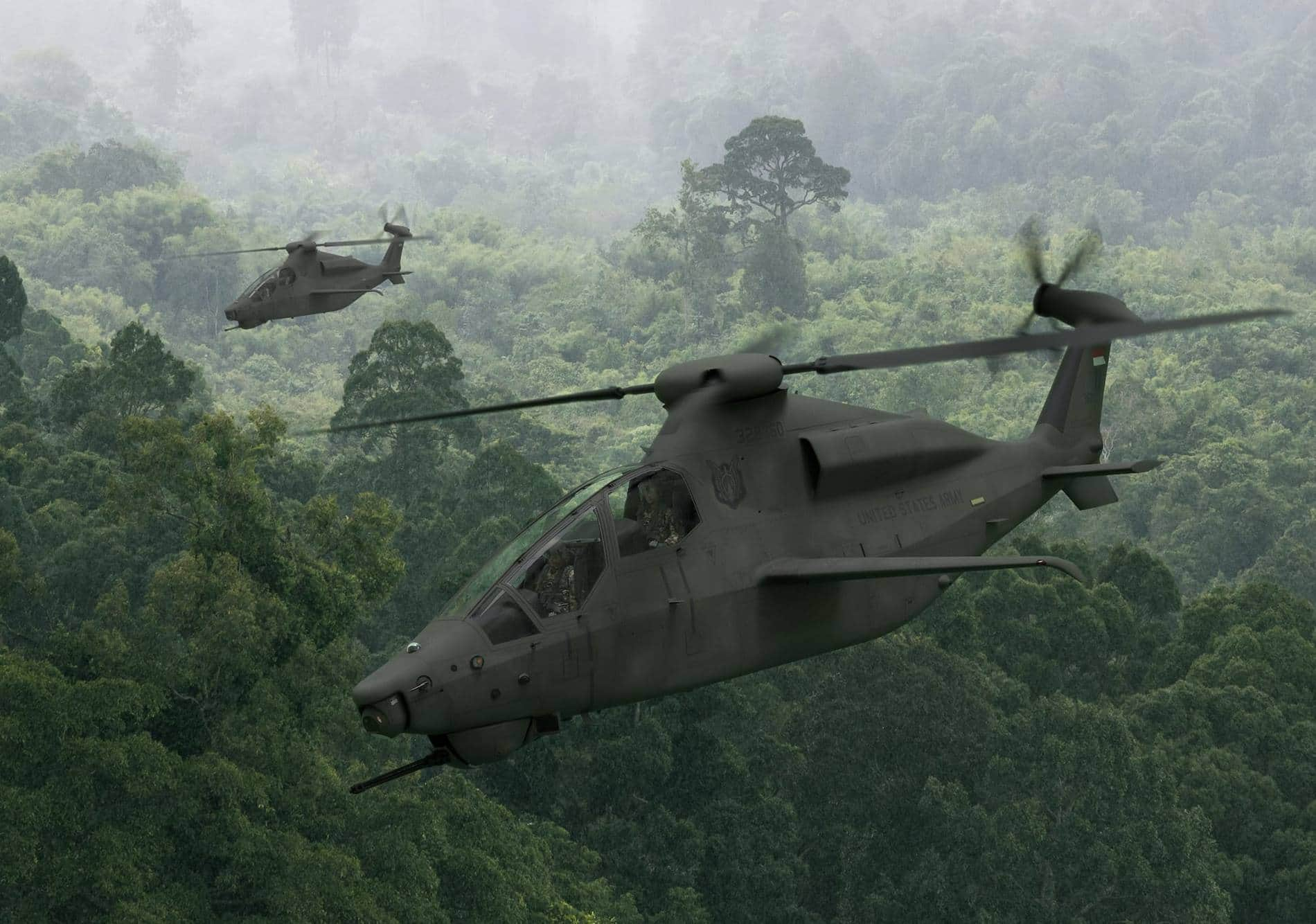
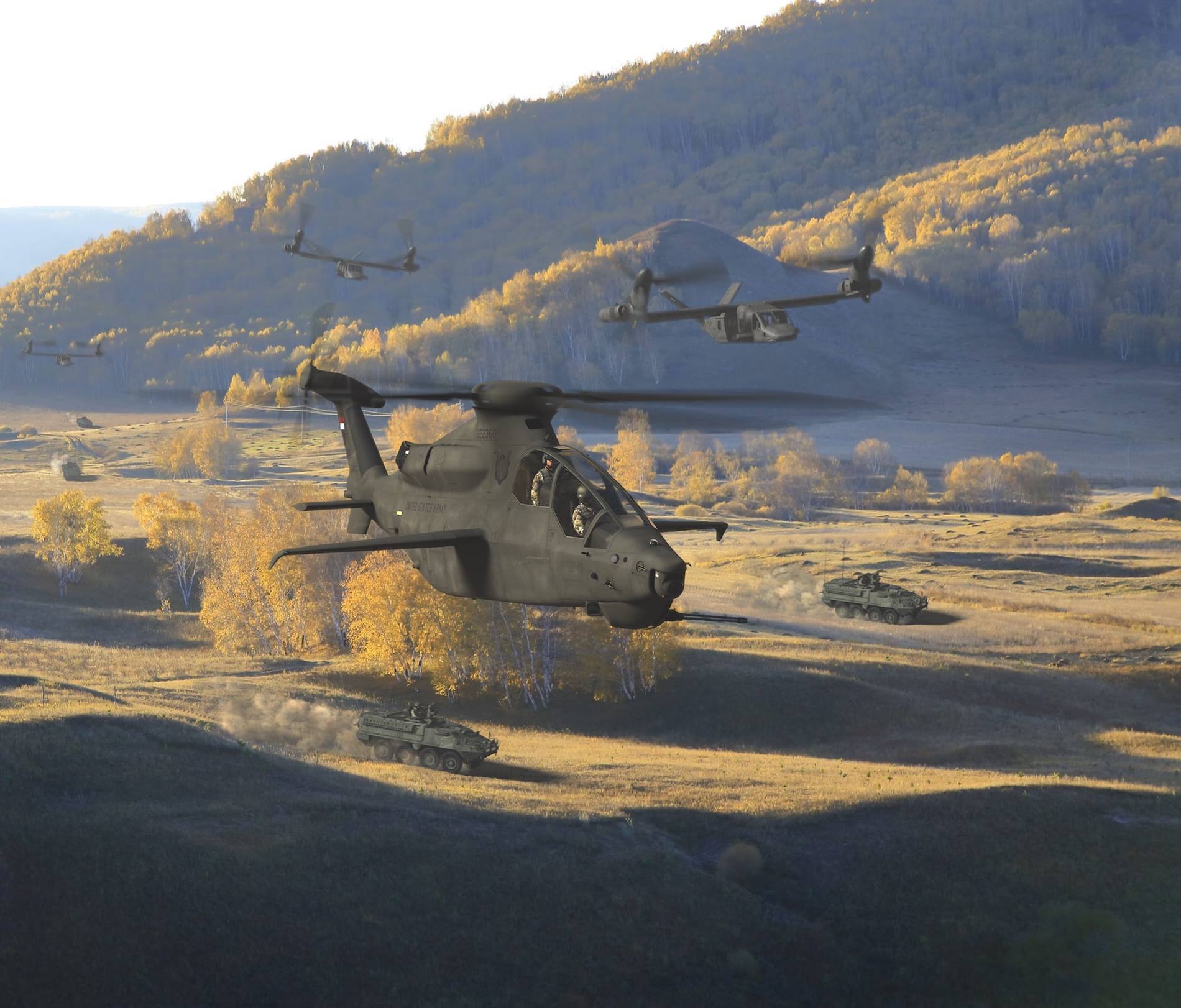
Lockheed/Sikorsky's Raider X looks about the same at this point.
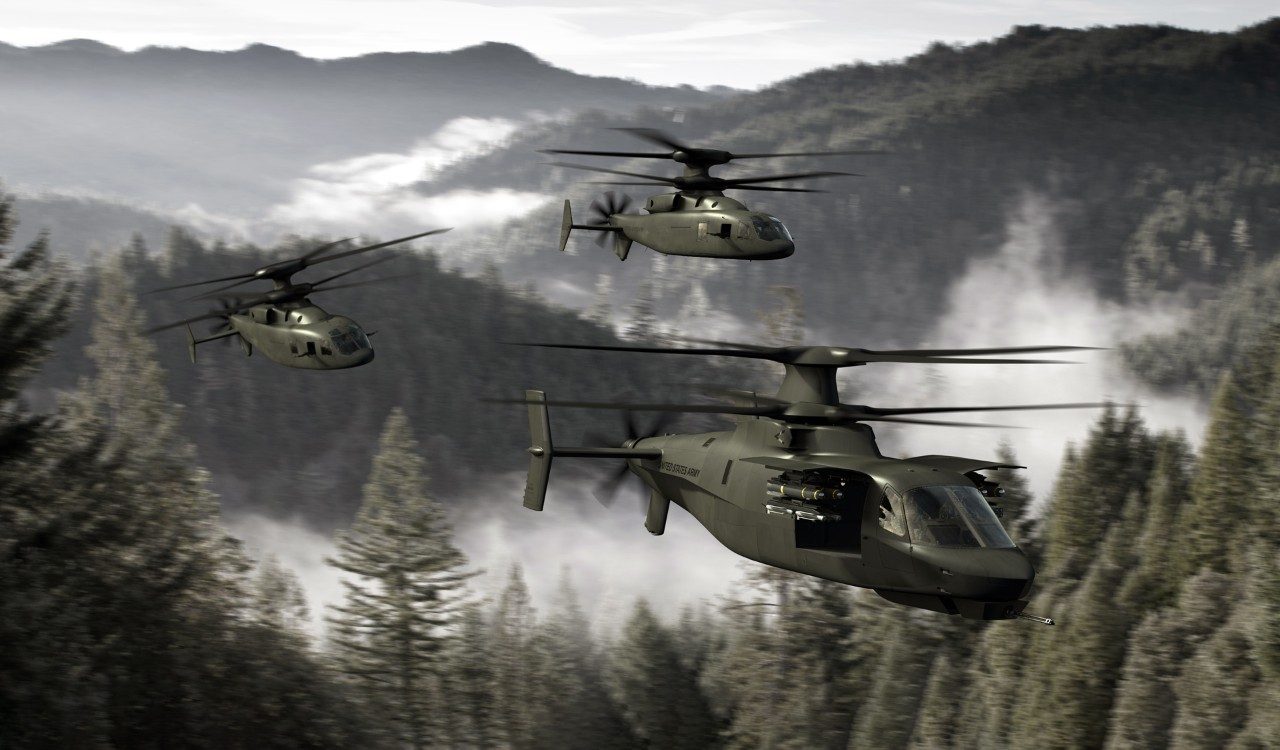
Both designs have their merits and advantages/disadvantages. This competition will be interesting.
https://www.defensenews.com/digital-sho ... -aircraft/
The Invictus's design looks to have been refined since first revealed. Noticeable differences/changes that I immediately noticed are:
-New wing design with a different shape and downward winglets at the tips.
-Different locations for various antennas.
-Removal of various lumps and bumps in the front fuselage section of the aircraft. Looks like these are replaced with windows flushed with the fuselage similar to the F-22 design. Now the aircraft looks much cleaner up front and should reduce drag and increase performance.
-Shape of the rear vertical stabilizer changed slightly.
-The slope angle of the canopy increased.
Overall, looks sleeker. I like it.


Lockheed/Sikorsky's Raider X looks about the same at this point.

Both designs have their merits and advantages/disadvantages. This competition will be interesting.
I'm watching...
- F-16.net Moderator

- Posts: 1894
- Joined: 21 Oct 2005, 00:47
Bjorn wrote:Looks familiarly close to the cancelled RAH-66 to me.
Greets,
No doubt the RAH-66 was the design that inspired Bell's design (maybe Bell would deny that though).
Funny thing is the Camanche was developed by Boeing and Sikorsky (now part of Lockheed). Now, Sikorsky is developing the Raider X for its FARA design, which is competing against none other than the Invictus...the design that was inspired from their once RAH-66 Comanche.
The irony...
I'm watching...
- Elite 3K

- Posts: 3773
- Joined: 03 Mar 2010, 03:12
The KAREM looked like something out of Russia.
These two aren't terrible looking by any means. I do wonder why technology like NOTAR (no tail rotor) and Cirstel (Combined Infra Red Suppression and Tail rotor Elimination) never made it in any of the designs. Or maybe something that used the Coandă effect. The Fenestron - tilted tail with an imbedded fan - looks so... European. Penny farthing designs need to have the fork stuck in them.
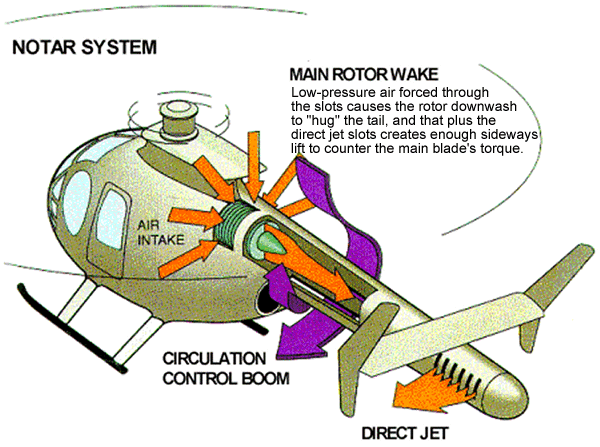
versus
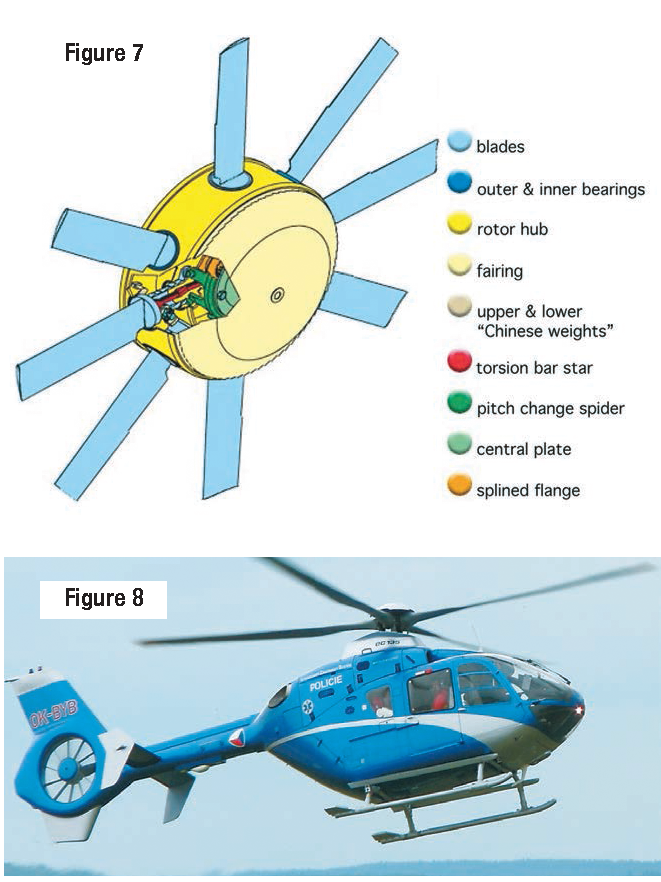
Or maybe use twin ducted tilt-fans to boost lift, add forward thrust, or rotate around the Y-axis using imbalanced thrust. I like this small footprint but it probably is very unstable as speeds increase.
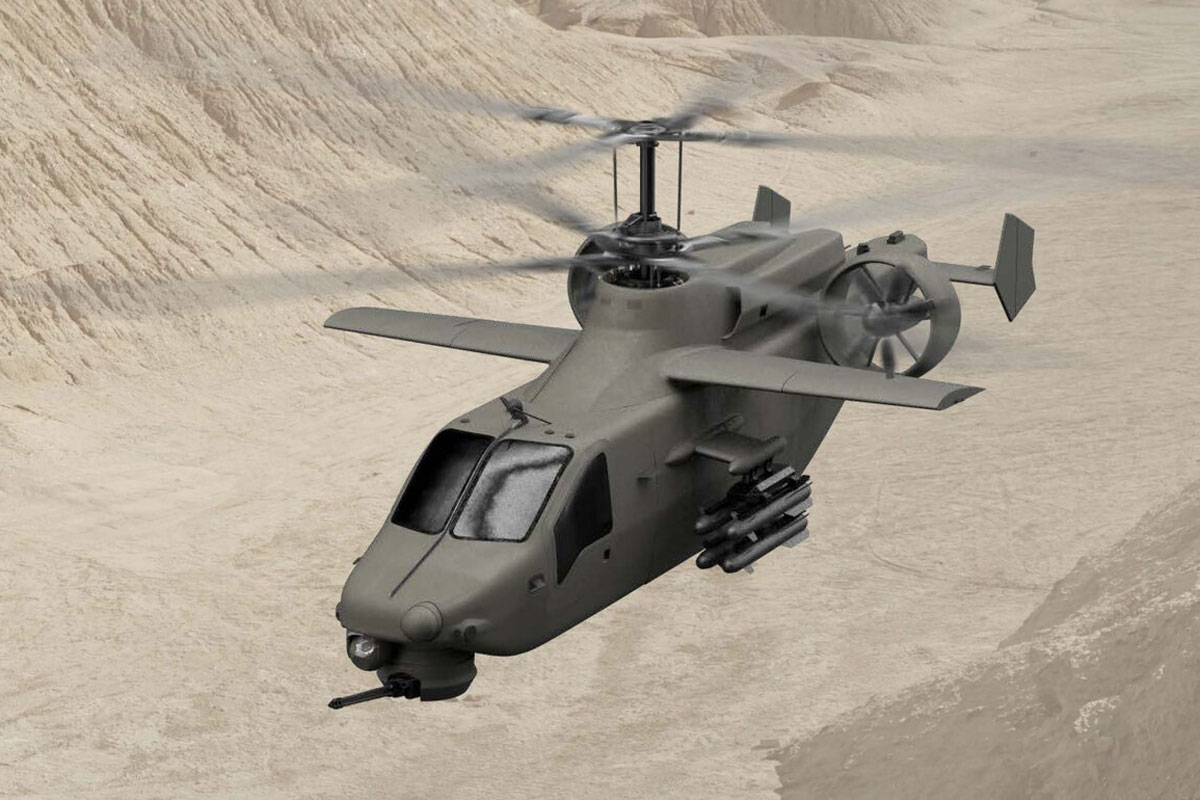
And then my favorite futuristic flying car. Again, tailless. This just begs for a bubble canopy for the pilot(s) and gull-wing doors for passengers/equipment. A big advantage I could see with something like this is the obvious ability - since there is no rotor above you to clear free of - to use ejection seats for the pilot(s). Having a separate cab from the cockpit would allow the pilot to operate equipment off the doors in a gunship role. Enemy forces on the ground would not know the troop carriers from the gunships. Add in a telescoping mast-mount to look over hills and a minigun on one or both front corner(s).

These two aren't terrible looking by any means. I do wonder why technology like NOTAR (no tail rotor) and Cirstel (Combined Infra Red Suppression and Tail rotor Elimination) never made it in any of the designs. Or maybe something that used the Coandă effect. The Fenestron - tilted tail with an imbedded fan - looks so... European. Penny farthing designs need to have the fork stuck in them.

versus

Or maybe use twin ducted tilt-fans to boost lift, add forward thrust, or rotate around the Y-axis using imbalanced thrust. I like this small footprint but it probably is very unstable as speeds increase.

And then my favorite futuristic flying car. Again, tailless. This just begs for a bubble canopy for the pilot(s) and gull-wing doors for passengers/equipment. A big advantage I could see with something like this is the obvious ability - since there is no rotor above you to clear free of - to use ejection seats for the pilot(s). Having a separate cab from the cockpit would allow the pilot to operate equipment off the doors in a gunship role. Enemy forces on the ground would not know the troop carriers from the gunships. Add in a telescoping mast-mount to look over hills and a minigun on one or both front corner(s).

- Elite 1K

- Posts: 1079
- Joined: 21 Aug 2010, 22:52
I think I remember reading somewhere that NOTAR tends to lose effectiveness in thinner air, and since the "hot and high" is a major part of FARA (and FLRAA)'s specifications, maybe it was thought it wouldn't give the performance needed?
That, and NOTAR technology is owned by MD helicopters and their FARA proposal was rejected.
That, and NOTAR technology is owned by MD helicopters and their FARA proposal was rejected.
Who is online
Users browsing this forum: No registered users and 1 guest



